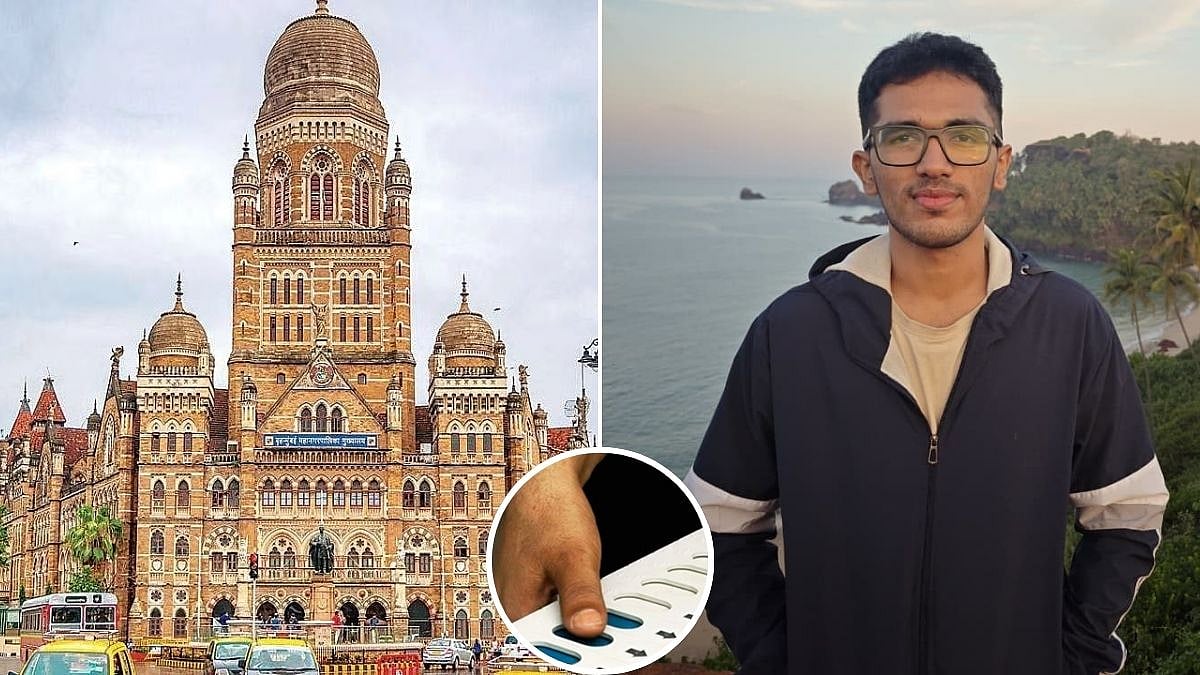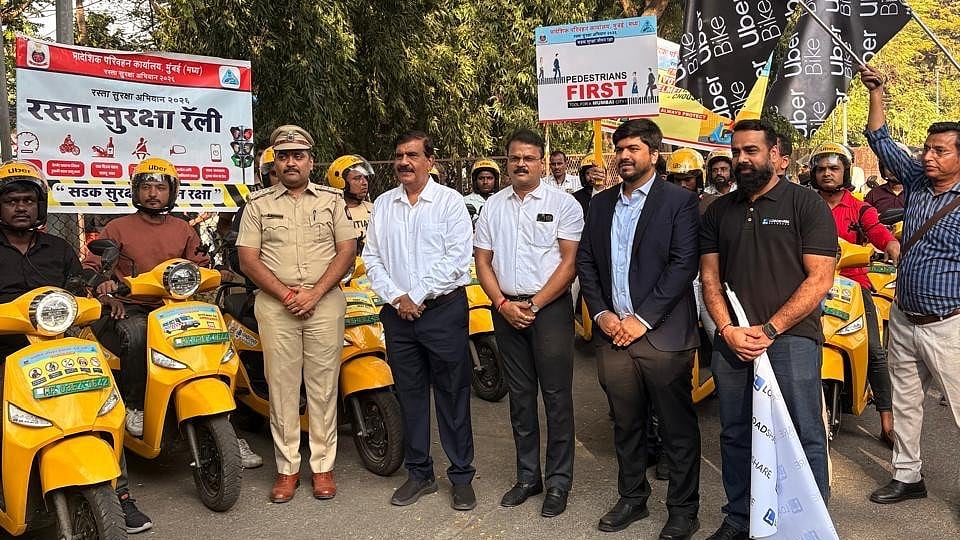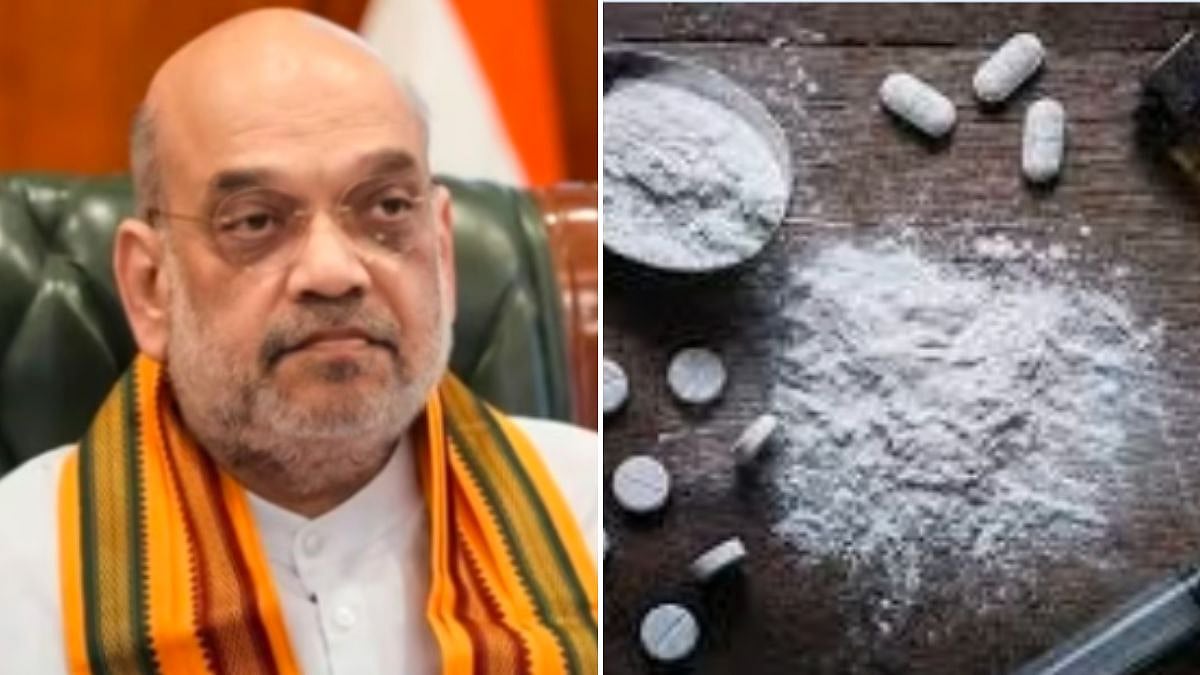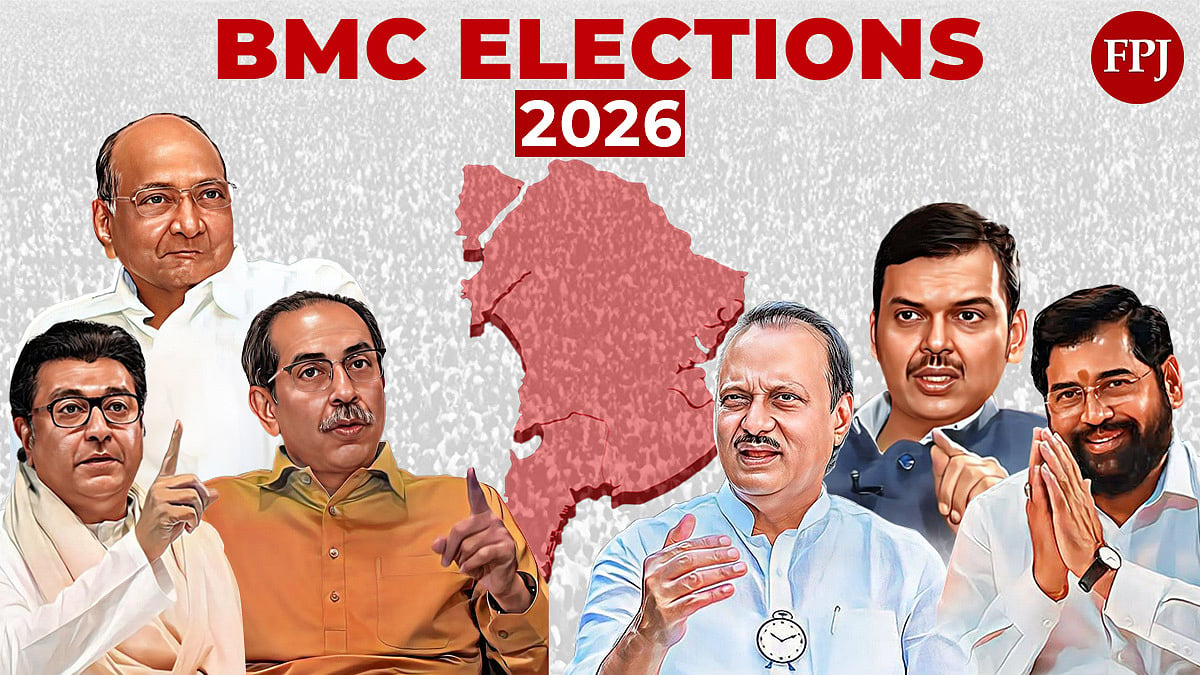GST collections are buoyant, the share market is rising, the rupee is stable and India has been recognised to be the fastest growing economy among the major economies of the world. However, despite these achievements, the total consumption in the economy is less than the pre-Covid levels and the Prime Minister himself has said that unemployment is one of the greatest challenges facing the country.
The roots of this problem lie in the thinking of the Niti Aayog. In 2018, the Aayog had come up with a document on the vision of India at 75 years of Independence, which placed two objectives in front of the country. The first objective was to promote labour-intensive production. The second objective was to encourage formalisation of labour. These two objectives are contradictory in our situation.
Formalisation means that instead of working on a standalone, individual basis like a street-corner momo seller, the workers may be made part of a formal system such as fast food centres located in a shop. The difficulty is that formalisation leads to an increase in the cost of labour. For instance, if we were to bring all the streetcorner momo sellers under a formal umbrella and require them to register with the government, then they would have to comply with weights and measures inspectors, health inspectors, adhere to timings, use better packaging material, pay provident fund to their helpers and follow minimum wage requirements. This would lead to an increase in the cost of the momos. The advantage that the non-formal street corner momo vendor enjoys today vis-à-vis the momos of the same quality manufactured by large companies by automatic machines would be eroded.
Today, the cost of a momo produced by a street-corner vendor may be Rs 5 while that produced in a formal shop may be Rs 7. The customer may want to buy a momo from the street-corner seller because it is of the same quality but cheaper. The cost of the momo produced by the street-corner momo seller may now become costlier in a formal shop. Thus, the formalisation of labour leads to an increase in the cost of labour and makes the formal shop competitive. These shops employ fewer workers for the same amount of production because of the use of machines like dishwashers and automatic ovens. In the end, formalisation leads to the erosion of the competitive advantage of labour and forces the economy to move to capital-intensive production. This leads to an increase in unemployment, as has been highlighted by the Prime Minister.
Demonetisation and GST have not helped. Small, standalone businesses came to a halt for about two months after demonetisation. One Ola driver confided to me that soon after demonetisation that he had been earning his livelihood for the last 30 years by employing three women to do embroidery. This came to a halt because he could not obtain payments in cash; and the buyers were not willing to make payments by cheque. He had to close down his business and survived by becoming a driver. Therefore, formalisation is against labour-intensive production and it is leading to the death of employment itself. The choice is actually between non-formal employment at the low wages of formal unemployment. Confronting this problem is the major challenge before the economy in 2022.
The second challenge is that of the environment. I am told that tomato prices have increased in recent times because global warming has led to damage to the crops. Such has been seen across the world. Indeed, the government cannot directly prevent global warming within our country since it is a global phenomenon but, at the same time, there is much that it can do within. The government has recently diluted the norms for pollutant emissions by thermal power plants, the reasoning being that allowing a thermal plant to pollute the air will reduce the cost of pollution control equipment and will enable these plants to produce cheap electricity and help obtain economic growth. This much is true. However, the same higher level of pollution imposes three types of cost in the economy. First, it leads to more global warming and economic disasters and the government has to spend larger amounts to provide compensation to those affected.
A minister from Maharashtra said that the payment of such compensation had become a major burden on the budget of the state in 2021. Second, the production of certain produce like tomatoes decreases. This directly leads to lower growth because agriculture adds less to the GDP. Additionally, this leads to an increase in the price of tomatoes and inflation. Third, pollution imposes a huge health cost on the people. People living near Singrauli in Uttar Pradesh are suffering from multiple diseases such as bronchitis and cancer because of the high level of air pollution from a large number of thermal power plants in that area. This loss of health reduces their capacity to produce increases in the cost of treatment. (As an aside, the increase in cost of treatment adds to the GDP for a short time).
The challenge before the government is to implement policies that assess the costs and benefits of pollution comprehensively. That is, the costs of disasters and health and the benefits of cheap electricity. Then it will become clear that many policies supposedly leading to economic growth are actually leading to lower economic growth and more human distress.
The challenge of 2022, therefore, is twofold. First, the infatuation with formalisation of the economy should be abandoned. Our conditions are different from those in developed countries. We have a large workforce which cannot be employed in the formal sector. We should give more respect to the non-formal sector and enable people to earn their livelihood so that the cost of momos produced by them is less and the GDP increases. Second, the government should make a comprehensive assessment of the costs and benefits of policies such as lower pollution norms from thermal plants so that the damage to the economy because of pollution is averted and the GDP increases and human distress is reduced.











